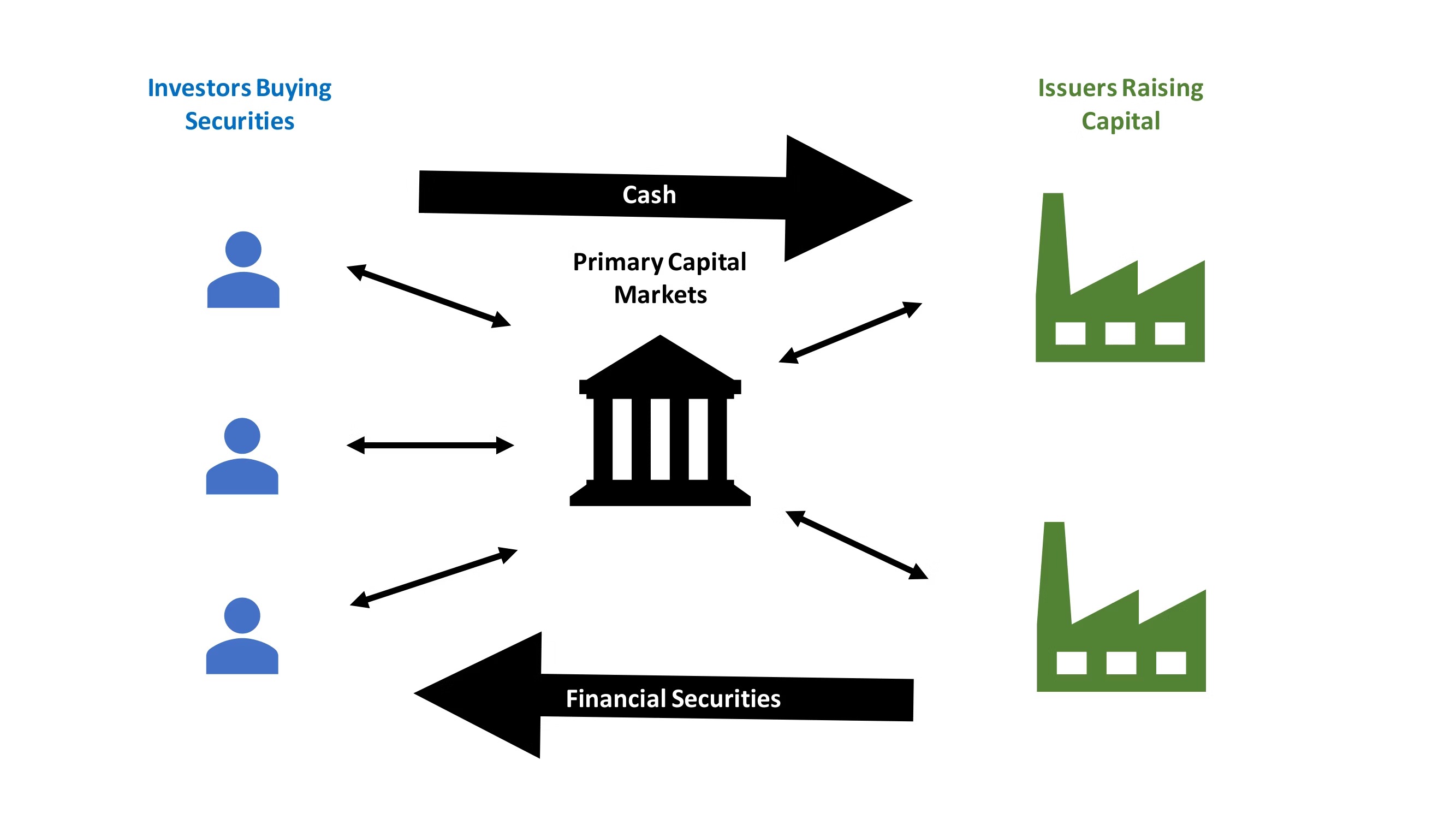Home>Finance>Sales Mix Variance: Definition, Comparison, Formula, And Example


Finance
Sales Mix Variance: Definition, Comparison, Formula, And Example
Published: January 23, 2024
Learn about Sales Mix Variance in Finance: Definition, Comparison, Formula, and Example. Understand how it impacts financial analysis and decision-making.
(Many of the links in this article redirect to a specific reviewed product. Your purchase of these products through affiliate links helps to generate commission for LiveWell, at no extra cost. Learn more)
Understanding Sales Mix Variance: Definition, Comparison, Formula, and Example
Welcome to our Finance category, where we explore various aspects of managing and understanding financial data. Today, we are going to dive into a topic that can greatly impact an organization’s profitability – Sales Mix Variance. If you’re wondering what Sales Mix Variance is, how it compares to other variances, and how to calculate it, you’ve come to the right place.
Key Takeaways
- Sales Mix Variance measures the impact of changes in the proportions of various products or services in an organization’s sales mix on the overall sales revenue variance.
- Understanding and calculating Sales Mix Variance helps businesses identify the key drivers behind changes in sales revenue and make informed decisions to optimize their product/service mix.
Now, let’s delve deeper into the concept of Sales Mix Variance. In simple terms, Sales Mix Variance measures the impact of changes in the proportions of various products or services in an organization’s sales mix on the overall sales revenue variance. This variance reflects the difference between the expected revenue based on the original sales mix and the actual revenue resulting from the realized sales mix.
Comparing Sales Mix Variance to other variances can help shed light on the different factors that influence sales revenue. The three main types of variances in this context are:
- Volume Variance: Measures the impact of changes in the quantity of products or services sold.
- Price Variance: Measures the impact of changes in the selling price of products or services.
- Sales Mix Variance: Measures the impact of changes in the mix or proportion of different products or services sold.
By understanding these variances, businesses gain valuable insights into their sales performance and can take appropriate actions to optimize revenue and profitability.
Calculating Sales Mix Variance involves using a formula that takes into account the budgeted sales mix and the actual sales mix:
Sales Mix Variance = (Actual Sales Mix – Budgeted Sales Mix) * Budgeted Sales Revenue
Let’s illustrate this concept with a straightforward example. Let’s say a clothing retailer has anticipated selling 40% shirts and 60% trousers based on their budgeted sales mix. However, due to changing market trends, they end up selling 30% shirts and 70% trousers. The budgeted sales revenue for shirts was $50,000, and for trousers, it was $80,000. To calculate the Sales Mix Variance:
- Calculate the variance for each product category:
- Variance for shirts = (30% – 40%) * $50,000 = -$5,000
- Variance for trousers = (70% – 60%) * $80,000 = $8,000
- Add up the variances: -$5,000 + $8,000 = $3,000
The positive Sales Mix Variance of $3,000 indicates that the change in the sales mix had a favorable impact on the overall sales revenue, resulting in higher revenue than expected.
Understanding and calculating Sales Mix Variance empowers businesses to identify the key drivers behind changes in sales revenue. This information enables them to make informed decisions to optimize their product or service mix, allocate resources more effectively, and ultimately improve profitability.
So, the next time you analyze your sales performance, don’t forget to consider Sales Mix Variance as one of the critical factors shaping your overall revenue.














